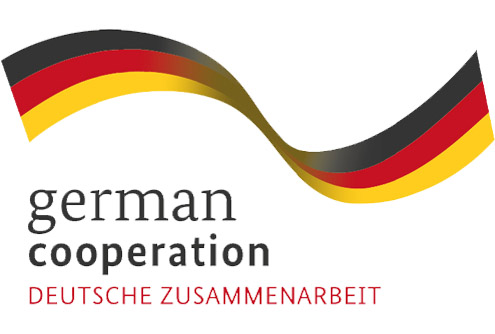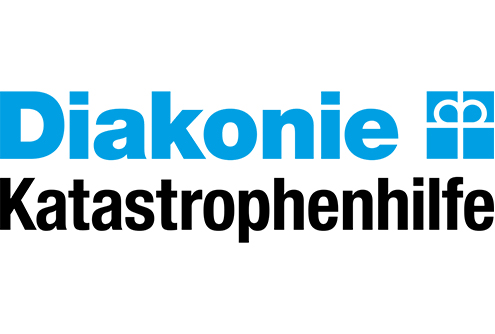Key steps in stage three
1. Gather knowledge and data with communities at risk
A starting point might be to create a map of the area, dividing it into smaller parts based on identifiable landmarks and assigning each area to a person or group to facilitate the knowledge gathering.
A variety of participatory techniques can be used to engage with residents of that specific locality: transect walks, photographs, sketches/illustrations, diagrams and notes. The tips and tricks for mapping tool is recommended for this exercise, alongside widely used online resources such as transect profile images from Google, freely available web-based data platforms, and apps.
Conducting focus group interviews, household interviews and surveys allows data to be gathered with communities most at risk. Suggested questions can be found in our Views from the Frontline methodology. Storytelling or anecdotes of local knowledge is just as important. Collect stories of best practices and this will enrich the community’s knowledge resource. Collect and gather local knowledge, especially via focus group discussions with community members most at risk and different community stakeholders.
Gathering secondary information from open sources is vital. As well as statistics or forecasts for the area, successful efforts in participatory development planning, risk-management and adaptation can also be helpful to learn from. This data should then be organised into the data library or hub, as planned for in stage two.
2. Research documentation
Each group or person responsible for gathering knowledge or data should update the data hub, ideally within one week of completing their task and referring regularly to the agreed plans and document storage process. The information gathered is a knowledge resource for development planning for years to come as the data hub stores this valuable information and knowledge for later use and analysis. Once baseline data is established, initiate the monitoring of risks using the indicators of hazards and risk-drivers.
3. Understand relationships between risks and impacts
Once knowledge is gathered, communities can begin to analyse it. This will lead to a better understanding of the common, as well as unique, contextual aspects and risks that the communities currently face and/or could face in the future.
The relationship mapping exercise is a collaborative exercise involving community members to initiate thinking/understanding in terms of relationship between people, place and systems, and their links to risk drivers. Experts or professionals in development planning, risks, disasters, socio-economics and environment should be involved.
4. Contextualise factors linked to risks and resilience
This step is to examine the data and knowledge gathered against contextual aspects of geophysical susceptibility and resilience.
Every community and the landscape they live in is unique. Here we focus on communities most at risk and living under various stressors – social, cultural, economical, political, environmental.
Whether people living in urban or rural settings, dwellings in coastal areas or in forests, are pastoralists or nomadic, there are rights, risks, resources, knowledge and solutions that make up their context.
Human mobility leads to populations who move due to social, economic and environmental reasons. Many lower income groups move between villages and neighbouring urban areas. They encounter constraints living in and navigating vulnerable parts of the city as they seek new opportunities.
Communities displaced due to disasters and conflict refugees also often live in areas with limited and unreliable resources. Communities displaced due to conflicts, or who are not citizens, may only have restricted rights, unlike citizens of the country, until they are normalised or integrated into the new system.
All these conditions and context determine the risks that communities are exposed to and it will also limit their agency in building resilience to, or adapting to avoid, these risks. These nuances are unique to each community, which is why contextualising risks and resilience are critical.
The local conditions of people, places and systems play an important role in determining vulnerability. Similarly, natural landscapes provide ecosystem services that enhance the resilience of any area. It is important to ensure that the data and observations gathered is relevant to the context.
To examine and ensure that critical contextual aspects of vulnerability and local factors of risks are considered, two checklists can be referred to:


